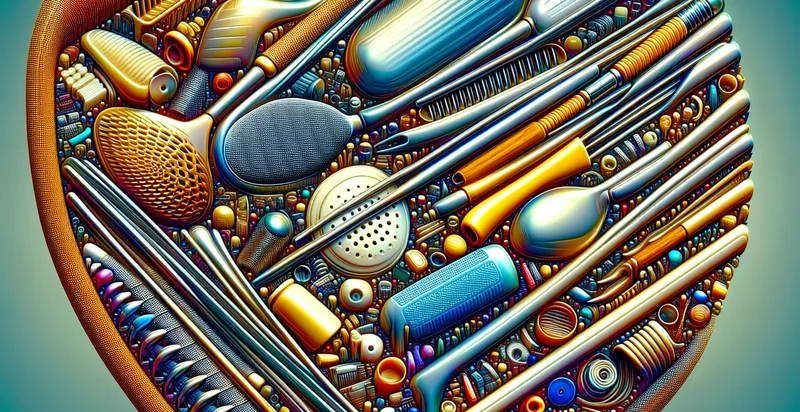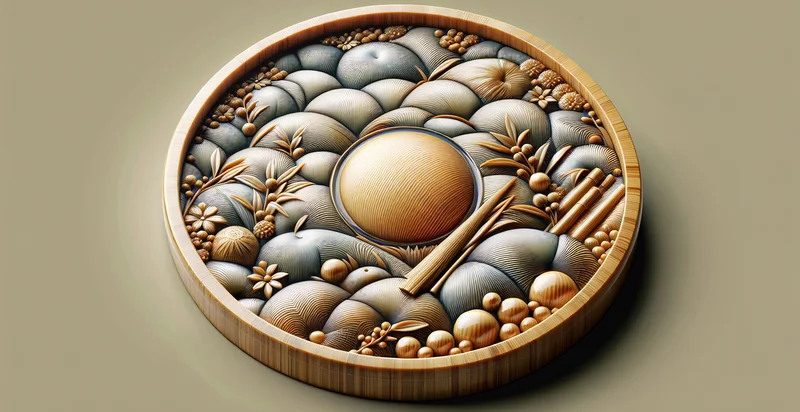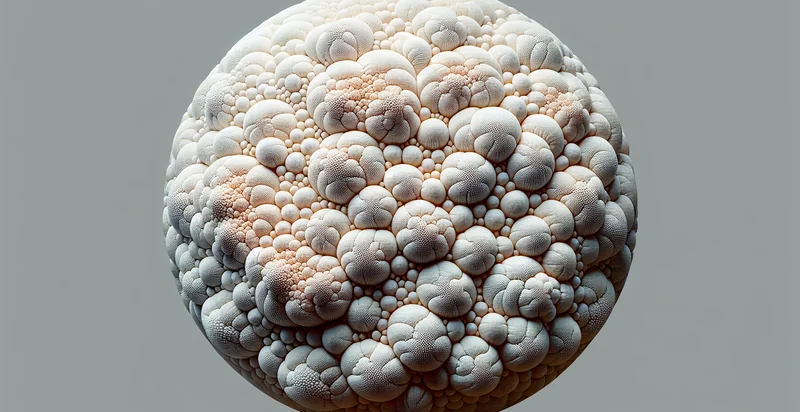Identify what material a dish rack is made from
using AI
Below is a free classifier to identify what material a dish rack is made from. Just upload your image, and our AI will predict what material a dish rack is made from - in just seconds.

Contact us for API access
Or, use Nyckel to build highly-accurate custom classifiers in just minutes. No PhD required.
Get started
import nyckel
credentials = nyckel.Credentials("YOUR_CLIENT_ID", "YOUR_CLIENT_SECRET")
nyckel.invoke("what-material-a-dish-rack-is-made-from", "your_image_url", credentials)
fetch('https://www.nyckel.com/v1/functions/what-material-a-dish-rack-is-made-from/invoke', {
method: 'POST',
headers: {
'Authorization': 'Bearer ' + 'YOUR_BEARER_TOKEN',
'Content-Type': 'application/json',
},
body: JSON.stringify(
{"data": "your_image_url"}
)
})
.then(response => response.json())
.then(data => console.log(data));
curl -X POST \
-H "Content-Type: application/json" \
-H "Authorization: Bearer YOUR_BEARER_TOKEN" \
-d '{"data": "your_image_url"}' \
https://www.nyckel.com/v1/functions/what-material-a-dish-rack-is-made-from/invoke
How this classifier works
To start, upload your image. Our AI tool will then predict what material a dish rack is made from.
This pretrained image model uses a Nyckel-created dataset and has 11 labels, including Aluminum, Bamboo, Ceramic, Composite, Glass, Metal, Plastic, Silicone, Stainless Steel and Wicker.
We'll also show a confidence score (the higher the number, the more confident the AI model is around what material a dish rack is made from).
Whether you're just curious or building what material a dish rack is made from detection into your application, we hope our classifier proves helpful.
Related Classifiers
Need to identify what material a dish rack is made from at scale?
Get API or Zapier access to this classifier for free. It's perfect for:
- Material Quality Assessment: This use case involves evaluating the material quality of dish racks to help manufacturers optimize product durability. By classifying materials, businesses can adjust their designs and materials based on performance data to improve consumer satisfaction and reduce warranty costs.
- Supply Chain Management: Retailers can use the false image classification function to ensure they are sourcing the right materials for dish racks. By identifying material types from suppliers' images, they can make informed decisions about inventory management and vendor selection, reducing the risk of quality discrepancies.
- Market Trend Analysis: Market analysts can leverage material classification to identify trends in consumer preferences for dish rack materials. By analyzing sales data alongside classified images, businesses can adapt their product offerings to align with emerging consumer interests, such as sustainability or aesthetics.
- Product Comparison Tools: E-commerce platforms can integrate this function to improve their product comparison features. By providing users with insights into the materials used in different dish racks, it helps consumers make informed purchasing decisions based on durability, maintenance, and price.
- Customization and Personalization: Furniture and home goods retailers can use the classification to offer tailored recommendations based on the user's preferences for specific materials. This can enhance the shopping experience, leading to increased customer satisfaction and loyalty.
- Sustainability Initiatives: Companies focusing on sustainability can use the material classification function to evaluate their product lines. By identifying the materials used, they can promote eco-friendly options and make necessary adjustments to minimize environmental impact.
- Regulatory Compliance: Manufacturers can utilize the classification to ensure their products meet required safety or compliance standards related to materials. By validating the materials via image classification, they can reduce the risk of legal issues and enhance product safety for consumers.


